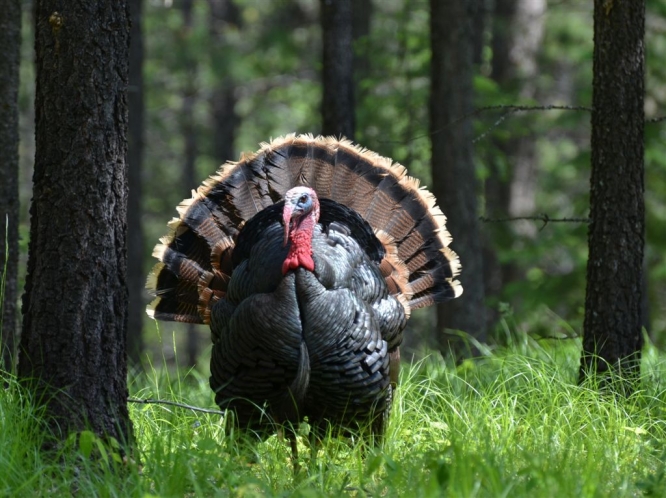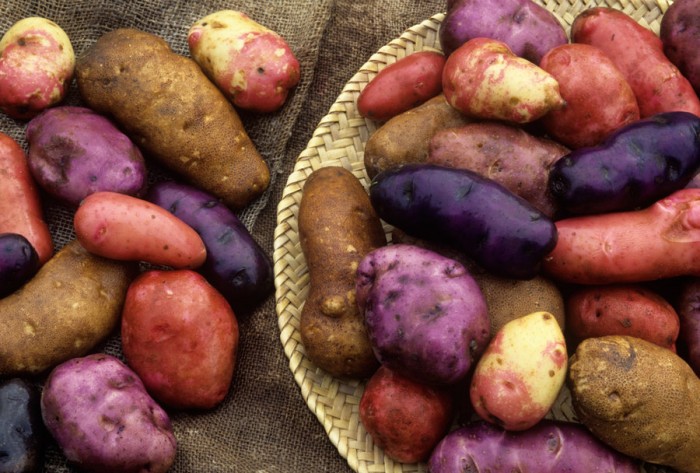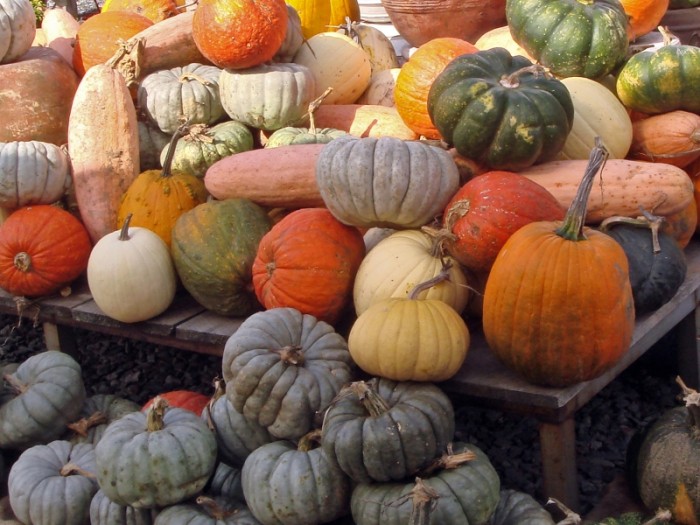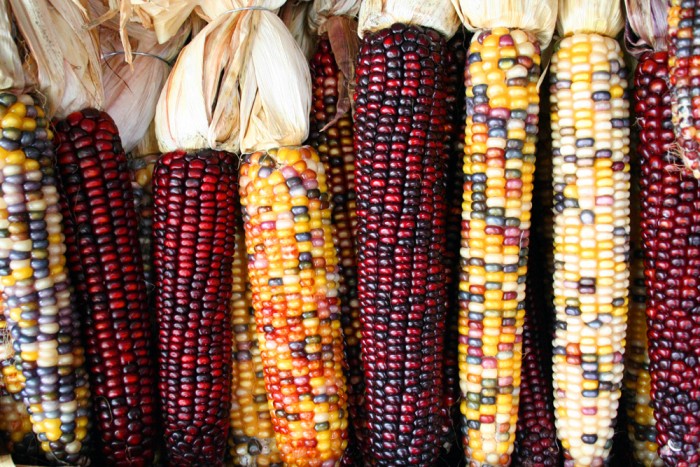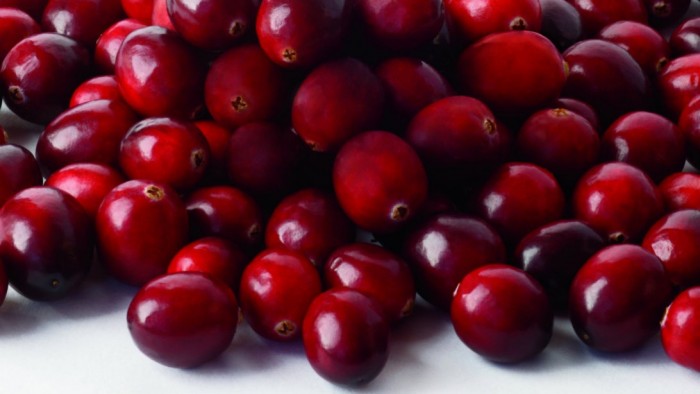Let’s talk turkey…and potatoes and squash and cranberries…
Did you know that Europeans may have introduced the wild turkey to Native Americans? Neither did we.

Millions of people across the United States will sit down today to a traditional Thanksgiving meal, including turkey, potatoes, squash, corn and cranberries. These foods have become synonymous with Thanksgiving, but how did they end up on tables from Maine to California?
According to Bruce Smith, senior scientist at the Smithsonian’s National Museum of Natural History, much of what is eaten at Thanksgiving today came from Mexico and South America. “We can trace many of these foods up through the southwestern United States into other parts of the country,” he said. “Most likely this diffusion happened as a result of trading or other contact among American Indian tribes in this country.”
So, where did these Thanksgiving favorites come from? Smith shares some facts about the origins of the food on this holiday menu:
- The turkey was domesticated twice, in central Mexico and in the southwestern United States. This domestication happened at the same time about 2,000 years ago. The southwestern domesticate disappeared, and the turkeys eaten today are derived from the Mexican domesticate.
- Wild turkeys were eaten at the first Thanksgiving. Domesticated turkeys made quite a journey to tables in the United States. They were most likely brought from Mexico to Europe and came to the eastern United States by Europeans when they settled the colonies.
- Potatoes were domesticated in South America (likely Peru) about 10,000 years ago. The Spanish probably took the potato from South America to Europe where it slowly became a staple crop.
- Like turkeys, potatoes also had quite a journey to the dinner table. Europeans likely introduced potatoes to the eastern United States when they settled there.
- There are many species of squash and pumpkins grown today in the United States; the most common species (Cucurbita pepo) was also, like the turkey, domesticated twice—in Mexico and the eastern United States. Some common members of the species C. pepo include acorn squash, pattypan squash and spaghetti squash.
- The orange-skinned “pumpkin” lineage of C. pepo (what is carved as a jack-o-lantern) was the first plant to be domesticated in the Americas, about 10,000 years ago in Mexico.
- There was a second domestication of C. pepo squash in the eastern United States about 5,000 years ago. All of the yellow- and green-skinned summer squashes in the U.S., such as zucchini and acorn squash, were derived from a wild gourd that is still found in the Ozarks.
- Corn (maize) was domesticated in Mexico more than 8,000 years ago. This important crop plant arrived in the southwestern United States by 4,000 years ago, and reached eastern North America at about 200 B.C.
- Maize is derived from teosinte, a large wild grass that has five species growing in Mexico, Guatemala and Nicaragua.
- Cranberries are native to the United States, most likely coming from the New England area.
- The name is derived from “craneberry.” European settlers gave the berry this name because they thought the plant looked like a crane. In the 1600s, cranberries were also called “bearberries” because it was common to see bears snacking on them.
- American Indians were the first to use cranberries as food. They also used the berries as medicine and dye.
Happy Thanksgiving!
Posted: 22 November 2016
-
Categories:
Feature Stories , History and Culture , Natural History Museum
